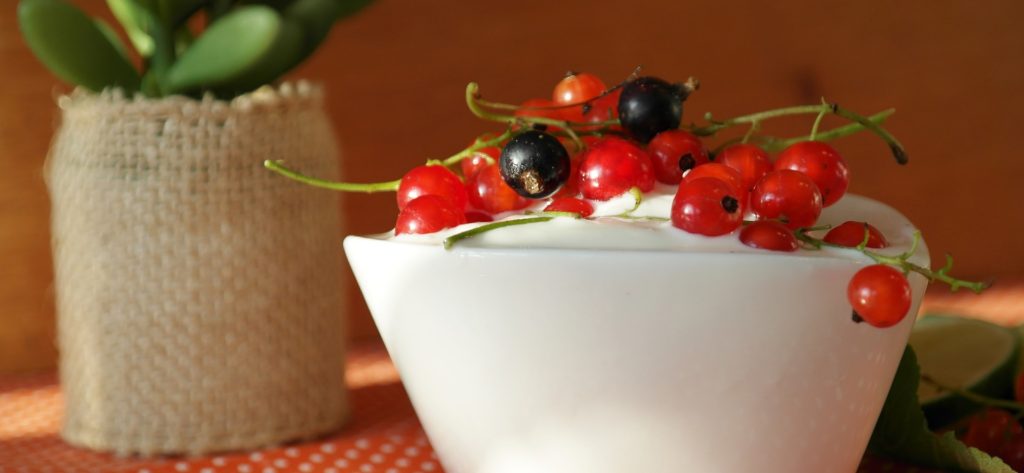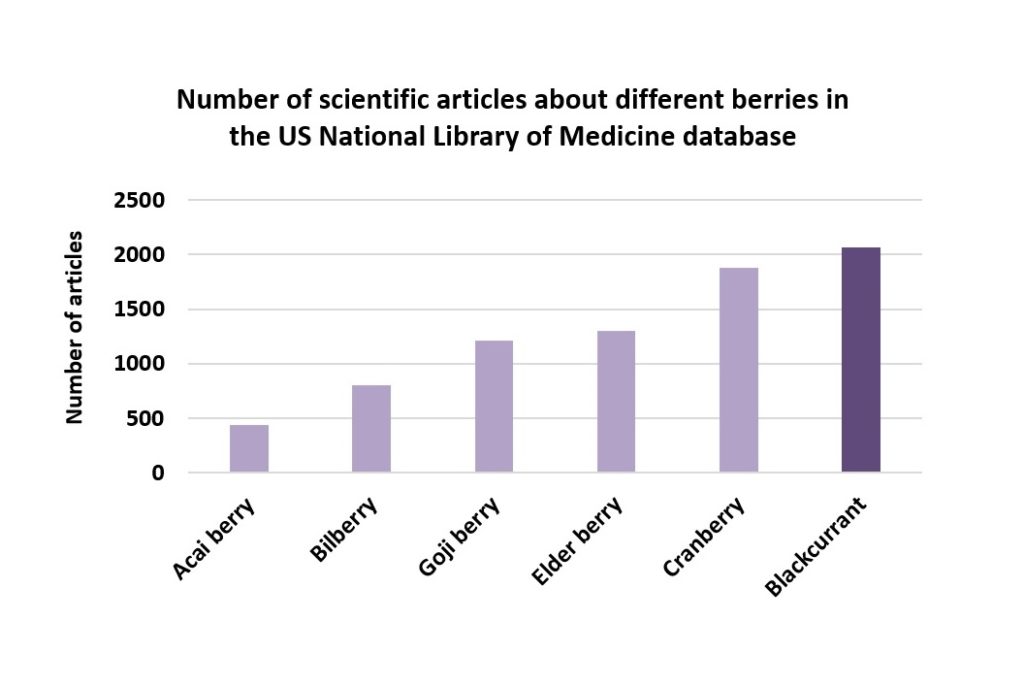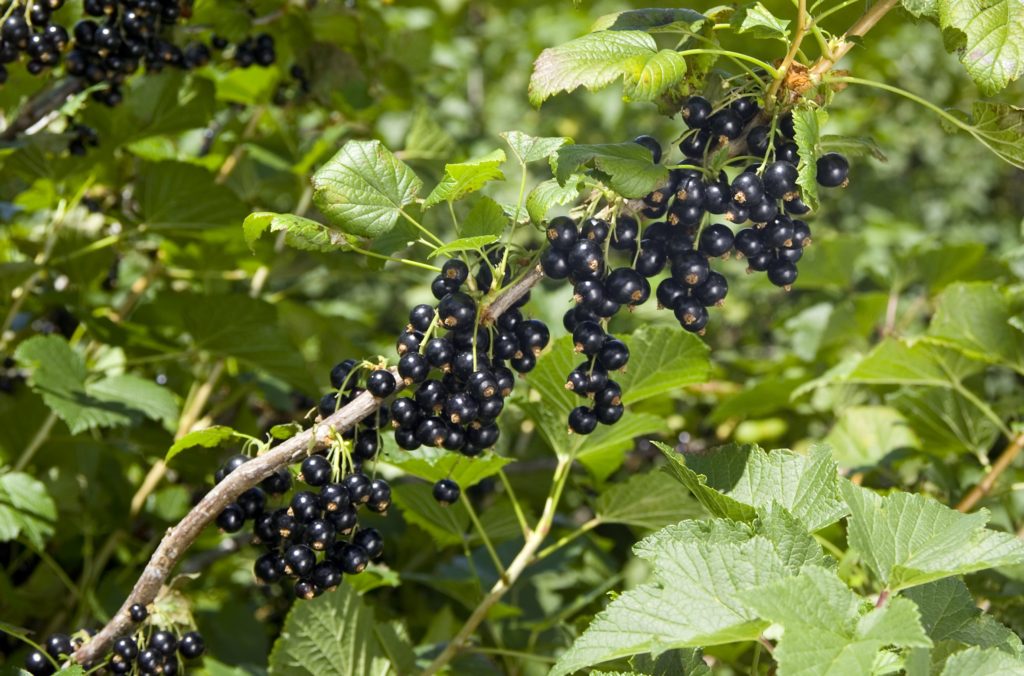Skin Appearance
New Zealand Cassis and Improved Skin Appearance
The skin is the largest organ of the body, and it plays an important role in protecting the body against environmental stresses. These stresses include agents that act as oxidants or catalysts of reactions producing free radicals in skin cells. UV radiation is the predominant source of free radicals in the skin. Elevated levels of free radicals, exceeding the antioxidant defence capacity of the skin, damages skin components and disrupts normal skin cell functions. Ultimately this leads to a loss of skin elasticity, irregular skin colouring, chronic inflammation and uncontrolled skin cell proliferation (cancer).
Collagen is a major component of skin, and damage to collagen leads to the most obvious outcome of skin aging: wrinkles.
Not only is collagen susceptible to direct free radical attack and damage, but the skin’s own enzymes that control collagen degradation (matrix metalloproteinases or MMPs) can be activated by environmental, physical, and chemical stresses leading to increased rates of collagen breakdown and loss of skin elasticity.
Antioxidants, and particularly anthocyanins such as those found in New Zealand Cassis, have been reported as being beneficial in protecting skin from the aging effects of environmental, physical, and chemical stresses such as UV radiation.
New Zealand Cassis and Improved Skin Appearance
- Blood flow. Maintenance of healthy skin and its appearance is dependent on healthy blood flow to the skin. Consumption of a single oral dose of 50mg of New Zealand Cassis (blackcurrant) anthocyanins has been shown to significantly improve facial blood flow:
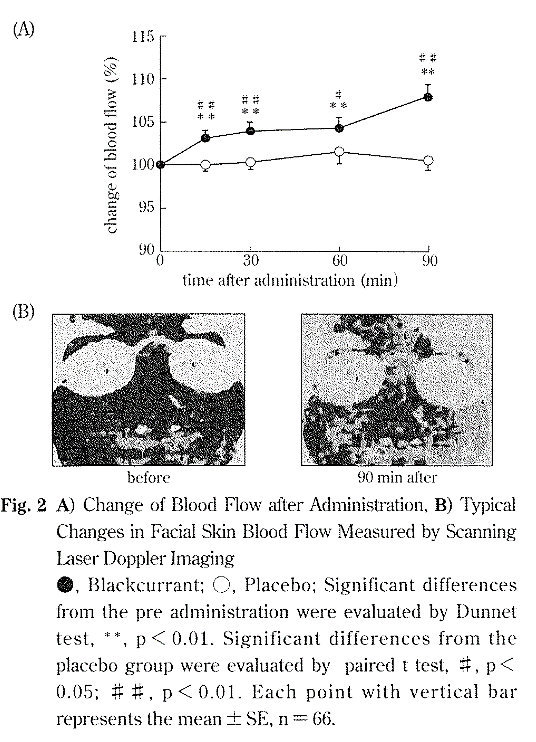
Matsumoto H, Ito K and Yonekura K (2005). Improvement of shade ring under the eyes by blackcurrant polyphenol intake. Skin Research 4:492-497 - Skin brightness. Irregular skin darkening, particularly under the eyes, commonly occurs with age. Many cosmetic preparations focus on lightening these darkened areas. In a study where the volunteers took a single dose of 50mg of NZ Cassis anthocyanins, the dark patches under the eyes of the volunteers were lightened by 20%. In the figure below, the closed circles show the results with 50mg of anthocyanin New Zealand Cassis extract, and the open circles are the placebo. L is a measure of skin darkness:

Matsumoto H, Ito K and Yonekura K (2005). Improvement of shade ring under the eyes by blackcurrant polyphenol intake. Skin Research 4:492-497
- Inhibition of collagen degrading enzymes. UV radiation leads to the activation of matrix metalloproteinases, and the study of Bae et al demonstrated that pretreatment of human skin cells in vitro with an extract primarily containing the anthocyanin cyanidin-3-rutinoside prevented the UVB-dependent activation of the collagen degrading enzymes MMP 1, 8 and 13:
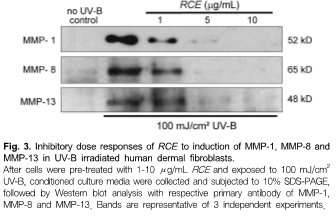
Bae J-Y, Lim S, Choi J-S and Kang Y-E (2007). Protective actions of Rubus coreanus ethanol extract on collagenous extracellular matrix in ultraviolet-B irradiation-induced human dermal fibroblasts. Nutrition Research and Practice 1:279-284 - Inhibition of UV radiation-dependent skin damage. Mice topically treated with the anthocyanin delphinidin showed a significant decrease in UVB radiation-dependent skin damage as measured by markers of DNA damage (cyclobutane pyrimidine dimers, CPDs and 8-hydroxy, 2’-deoxyguanosine, 8-OHdG)7:

Afaq, F., Syed, D. N., Malik, A., Hadi, N., Sarfaraz, S., Kweon, M. H., Khan, N., Abu Zaid, M., and Mukhtar, H. 2007. Delphinidin, an anthocyanidin in pigmented fruits and veg- etables, protects human HaCaT keratinocytes and mouse skin against UVB-mediated oxidative stress and apoptosis. Journal of Investigative Dermatology, 127, 222–232.
Anthocyanins, such as those from New Zealand Cassis, show considerable promise as ingredients to be included in oral supplements and topical personal care products aiming to improve skin appearance through improved peripheral blood flow, skin brightening, and protecting skin against the assault of detrimental environmental stresses.


